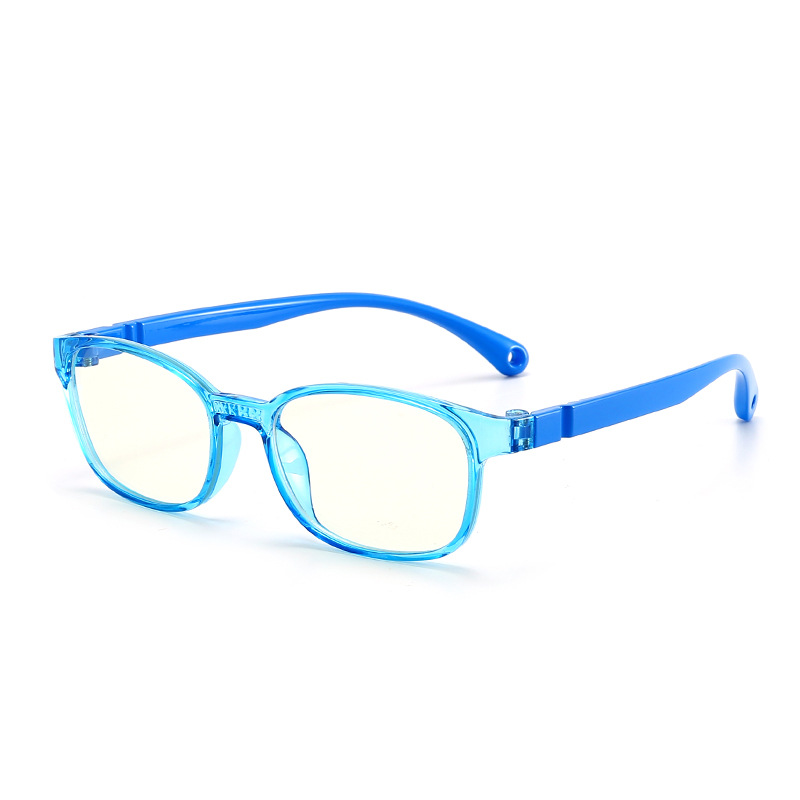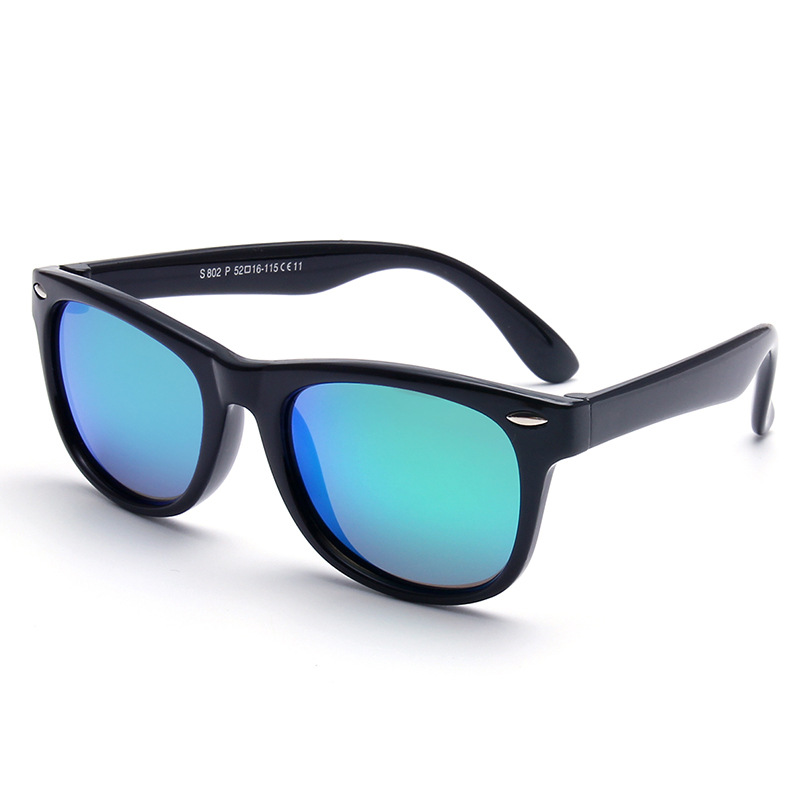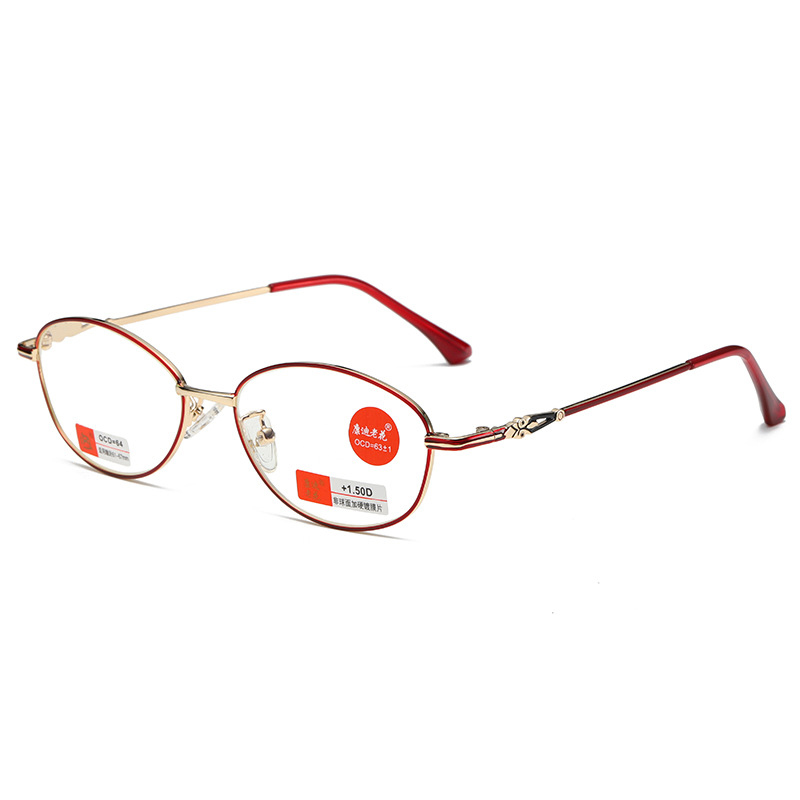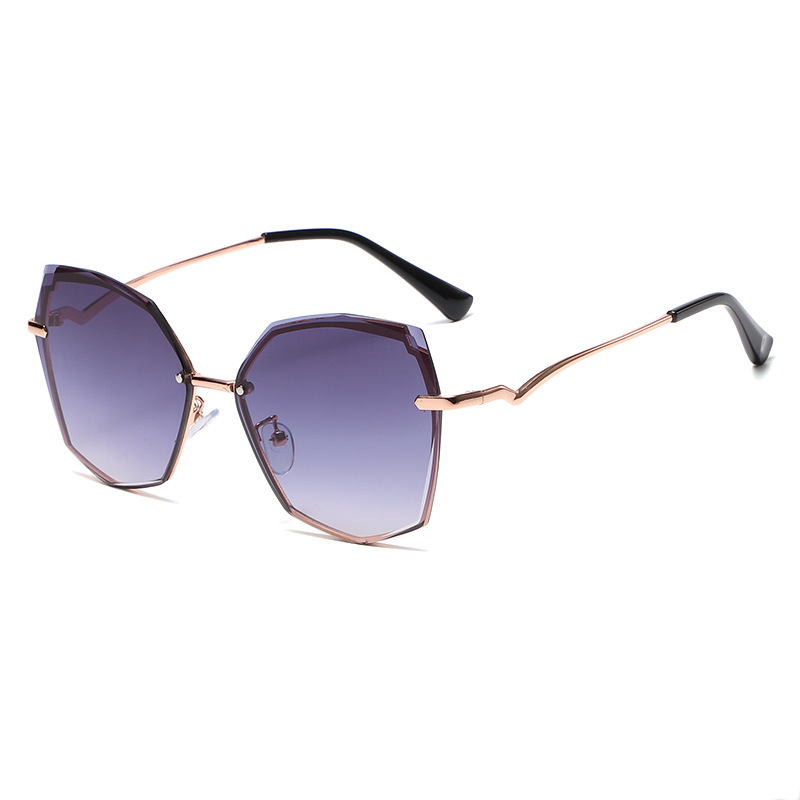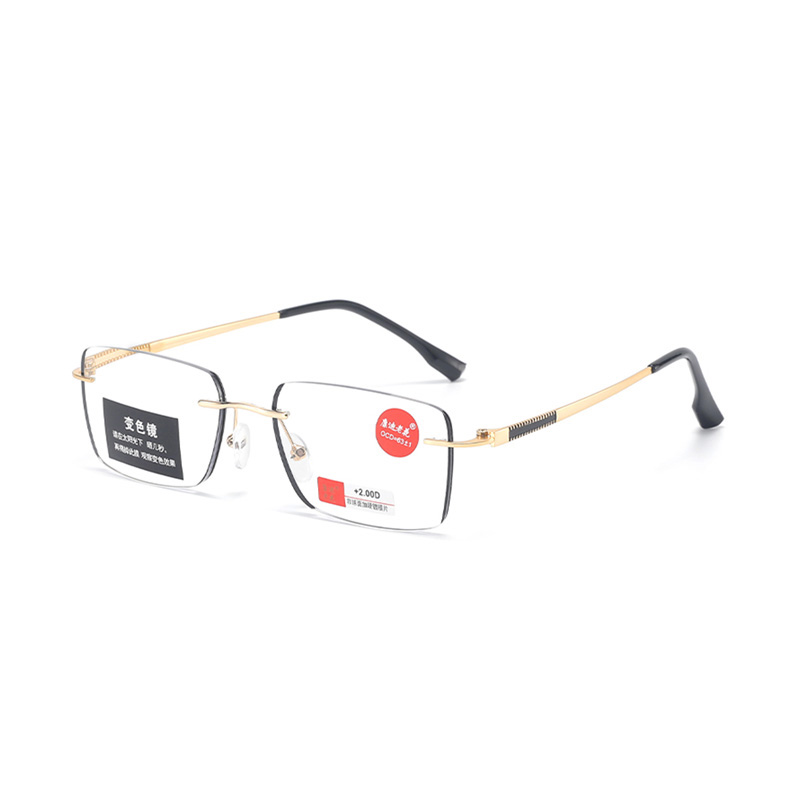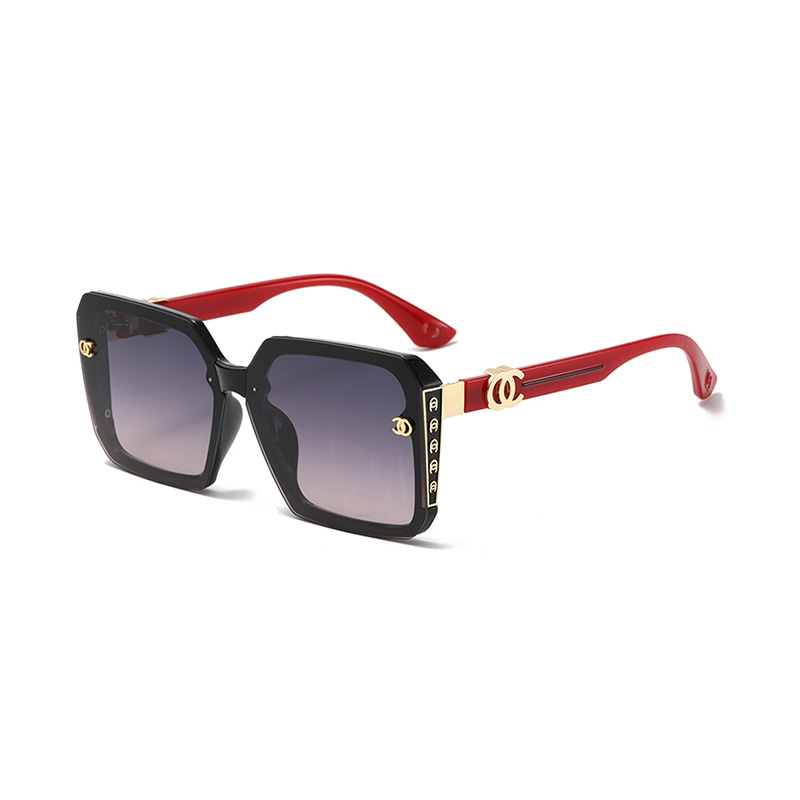Sunglasses are an essential accessory for protecting our eyes from the sun’s harsh rays, but they do much more than just add style. One of their primary functions is to prevent sun glare, a common issue that can cause discomfort and, over time, to long-term damage to our eyes. Understanding the principle of sunglasses to prevent sun glare reveals why they are crucial not only for comfort but also for health.
What is Sun Glare?
Sun glare occurs when sunlight reflects off surfaces such as water, roads, or snow, creating intense light that is hard to look at directly. This light can cause temporary vision impairment, making it difficult to see clearly. More importantly, prolonged exposure to glare can to eye strain, discomfort, and even more serious eye health issues such as cataracts or macular degeneration.
Sunglasses are designed to block out certain wavelengths of light, particularly those in the high-intensity blue light spectrum, which are responsible for glare. The principle of sunglasses to prevent sun glare lies in their ability to reduce the intensity of light entering the eyes while enhancing visual clarity and comfort.
Polarized Lenses: The Key to Blocking Glare
One of the effective technologies in sunglasses is the use of polarized lenses. Polarization refers to the process of filtering light that vibrates in a specific direction. In the case of sunglasses, polarized lenses are designed to block out horizontal light waves, which are the primary cause of glare.
When light reflects off flat surfaces like water, asphalt, or snow, it becomes horizontally polarized. Polarized lenses have a special coating that filters out these horizontal light waves, allowing only vertically polarized light to pass through. This reduces the glare and makes it easier for the wearer to see clearly, even in bright sunlight.

The principle of sunglasses to prevent sun glare with polarized lenses can be especially beneficial for outdoor activities like driving, boating, and skiing. These lenses significantly improve visual comfort and safety by reducing the intensity of reflected light, thus allowing for better contrast and clarity in a variety of environments.
UV Protection and Its Role in Eye Health
In addition to glare reduction, sunglasses also protect the eyes from harmful ultraviolet (UV) radiation. UV rays from the sun can cause significant damage to the eyes, to conditions such as photokeratitis, cataracts, and even skin cancer around the eyes. The principle of sunglasses to prevent sun glare is not only about comfort but also about providing essential UV protection.
high-quality sunglasses come with a UV filter that blocks both UVA and UVB rays. UVA rays penetrate deep into the eye and can cause long-term damage, while UVB rays are responsible for sunburns. Sunglasses with proper UV protection reduce the risk of these harmful effects by absorbing or reflecting these rays before they can reach the eyes.
Tinted Lenses: Enhancing Visual Comfort
While polarized lenses are designed to reduce glare, tinted lenses are often used to enhance visual comfort by reducing overall brightness. Tinted sunglasses can come in various colors, such as gray, brown, or yellow, each serving different purposes. Gray lenses are the common and provide overall reduction of brightness while maintaining true color perception. Brown lenses, on the other hand, improve contrast and depth perception, which can be useful for driving and outdoor sports. Yellow lenses enhance contrast in low-light conditions, making them ideal for activities such as skiing or cycling.
The principle of sunglasses to prevent sun glare through tinted lenses works by absorbing excess light and filtering specific wavelengths to make vision more comfortable and less strained. Tinted lenses also help in reducing eye fatigue, which is particularly useful when spending long periods outdoors in bright conditions.
Anti-Reflective Coatings: Reducing Eye Strain
Another innovative feature found in some sunglasses is the anti-reflective (AR) coating. This coating reduces the amount of light that reflects off the surface of the lenses, which can cause visual disturbances and increase glare. By minimizing reflections, the AR coating ensures that more light enters the eyes directly, providing clearer vision without the distractions of light bouncing off the lens.
The principle of sunglasses to prevent sun glare through anti-reflective coatings enhances visual clarity and reduces eye strain, especially for those who wear glasses for extended periods or engage in tasks that require intense focus in bright environments.

 English
English Español
Español